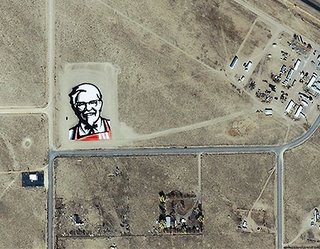The night before Thanksgiving, I ran into the neighborhood supermarket for white syrup (KARO for non-southerners). Simmer fresh diced sweet potatoes in white syrup and brown sugar for an hour or so to get that wonderful waxy consistency on the yams. While searching the isles, I bumped into the parents of one of my daughter’s friends. The wife was discussing her last minute pilgrimage for a turkey, when I mentioned that we were making way too much food for just our small family; and that my wife had spent the better part of the day baking five pies. The husband interrupted to ask, “Five pies?” Wanting to hear the rest of his wife’s story, I simply replied, “I like pie”, and turned back to let her finish. He immediately began waling with laughter. It was at that moment that I knew I wouldn’t live this one down. We finished the conversation and separated, they to find ingredients for dressing and I to search for white syrup; but it is a small store and every few minutes we would meet-up again on the random isle and he would start to laugh and wave an apology. What can I say – I like pie.
I must admit I’ve always had a bit of a problem with obsessing. I’m that person that starts the car then gets out again, checking the front door just one last time before heading towards town. My wife thinks it’s hilarious; humorous in the way that the guy in the grocery store found my admission to pie obsession to be a riot. I wash my hands like fifty times a day and whenever someone exits a restroom, I have to tell myself to refrain from asking if they remembered to wash their hands, too. Yet, I distinctly recall riding in a friend’s hunting truck on numerous mornings, having just handled dead pheasant and now eating cold pizza with unwashed hands. I also remember a morning two years ago, when my hands were covered in blood after field dressing a mule deer and I ate an entire bag of guacamole chips without a second thought. So I began to think about quarks we all have and if mine are so damn funny to everyone, there has to be someone out there with a worse one that could keep me laughing for years. I did some google searches on strange obsessions and this was the best one I found:
I have this problem that no-one takes seriously. I can't help it. It started when I was a kid. But I like going to parks and touching the ducks. But in November a park keeper caught me fiddling with one, and called the police. I had to lie and say I was rescuing it from drowning. They didn't believe me, I could tell, but they couldn't arrest me because it wasn't a crime. Anyway, some bastard told the local press, and I was in the paper. There was no picture but my name was in the same sentence as 'duck molesting.' I'm so embarrassed, I'm going to lose my job because I'm a vet. Once, someone bought a duck in that had been attacked by a dog. I asked everyone to leave the room so as not to shock it. Really I just wanted to touch it. It died not long after. Anyway, I saw a shrink and told him but he laughed. He asked me why ducks? I said because they had chubby cheeks and looked cute. Also they are slippery when wet. I like that. I like squirrels too, but I've never tried to fiddle with one. I might soon if I don't get help. - Quack, quack (2/15/00) - Lionel, England, Age 28
You’ll be laughing about this the next time you see a duck or an Englishman holding a duck, you just wait. – DN



















